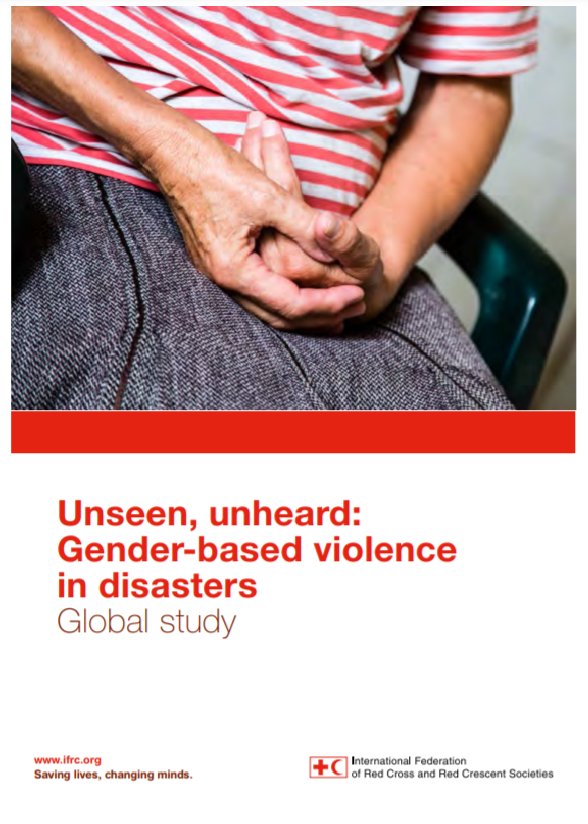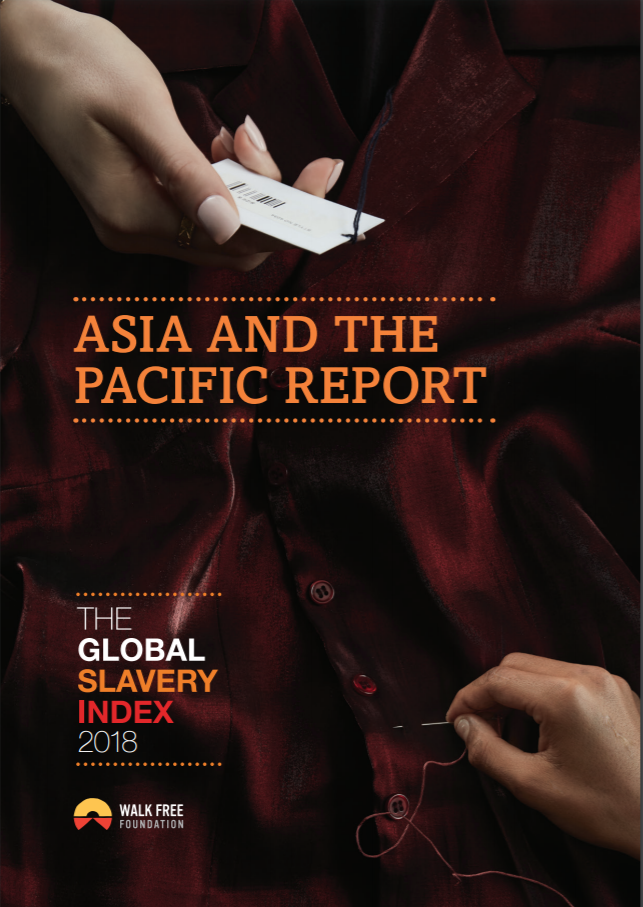A Girl No More: The Changing Norms of Child Marriage in Conflict

Marriage under the age of 18 is widely considered a human rights violation, though it is legal with parental consent in many countries. It falls within the definition of genderbased violence.Married girls are at risk of intimate partner violence and exposure to sexually transmitted infections, including HIV. Marriage often means the end of a girl’s education and limits her vocational opportunities. Ninety percent of early first births happen within the context of child marriage and complications during pregnancy and delivery are the second leading cause of death among 15- to 19-year-olds. Nine of the top 10 countries with the highest rates of child marriage are considered fragile states. Similarly, many countries particularly vulnerable to natural disasters have the highest child marriage prevalence.
Fragility and conflict impact child-marriage decisions. However, the role they play is complex and not fully understood. The need to protect girls from rape, as well as the stigma of surviving rape; from pregnancy outside marriage; and from the influence of other communities are factors that lead to child marriage. Poverty, exacerbated in displacement, is a driver of early marriage as parents hope to secure a daughter’s future or to meet basic needs. Child marriage is both exacerbated by barriers to education and an impediment to school for the girls. Additionally, marriage isolates adolescent girls from friends and programs that would help them overcome the challenges of marriage.
Country
Worldwide
Region
Worldwide
Year
2016
Topics






